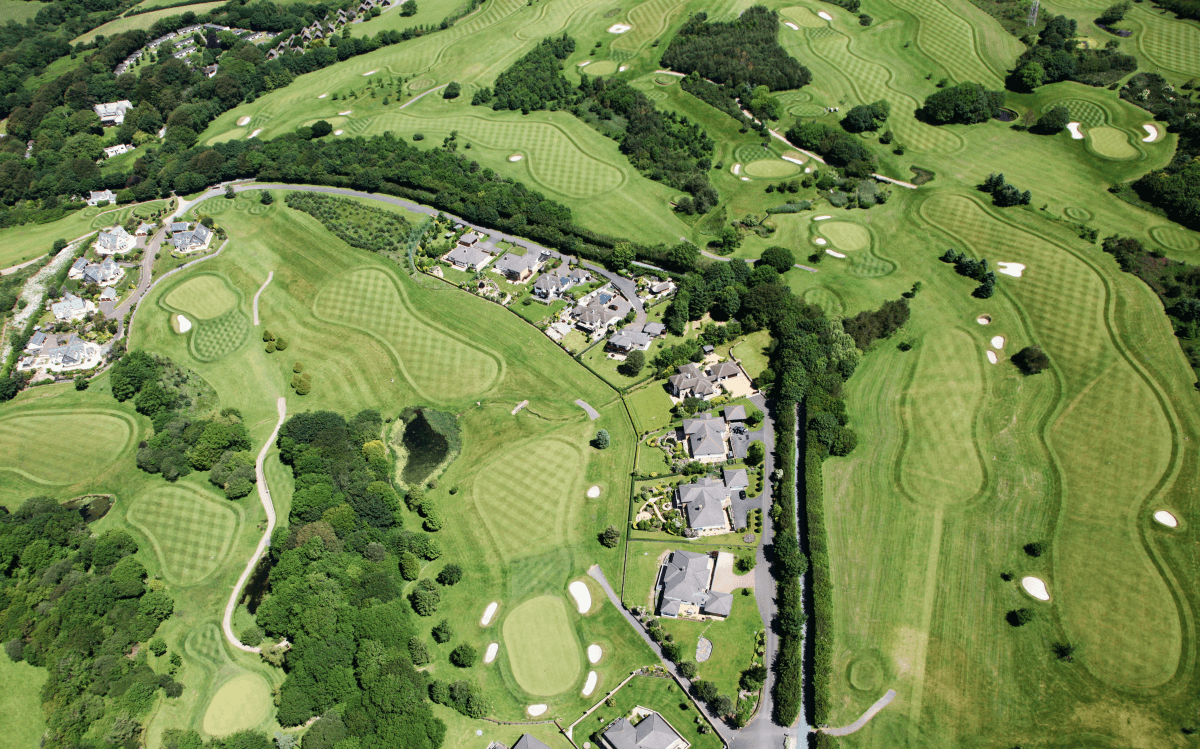The Ultimate Guide To Landscapers
Table of ContentsMore About LandscapersThe 6-Second Trick For LandscapersThe 4-Minute Rule for LandscapersLandscapers Things To Know Before You BuyThe Ultimate Guide To Landscapers
- A tree or shrub (hedge) that sheds its fallen leaves in winter. In the PNW there are semi-deciduous or semi-evergreen plants that may lose their fallen leaves relying on how cold the winter season is. Abelia and some hebe are excellent examples. Landscapers. - A flat event area, made from timber or composite product (made to look like wood), normally surrounding or attached to a structure.


- Granite that is weathered to the factor that it is a really great aggregate. This is a natural procedure, and the outcome can be used for paths and patio areas. Decomposed granite is commonly described as DG. It is especially helpful in contemporary landscapes. - Trick landscape features being proposed in a landscape style strategy.
Landscapers Things To Know Before You Buy
These goals guide the design process, not the designer's style or choices. Usual layout purposes in Rose city are reduced maintenance, drought tolerant, and pet pleasant. - Process for removing or thinning the dead lower level of a mature grass. Thatch is yard that has actually passed away and gathered below the green blades.
Over time this layer can get very thick and make it hard for water, sun, and nutrients to obtain to parts of the turf.- The procedure of gathering and controlling the circulation of water on a residential or commercial property. This can be done with grading, French drains pipes, dry wells, permeable surface areas, sump pump, rain yards, and a lot more.
Quality at the end of hillsides, with natural springtimes, or packed with heavy clay have one of the most drainage issues.- A slow-moving feeding irrigation system that makes use of versatile tubes and emitters to send a specific amount of water per plant. This is the most effective approach of irrigating plants. - The capacity of a plant to survive without much summertime water.
- A yard feature where water is represented by an accumulated rock product, normally a crushed rock or granite. These are most typically discovered in modern-day and Japanese garden style.- A rock or natural flagstone patio, path, or sidewalk constructed without a concrete base. The base would be compacted crushed rock and the joints would certainly be an aggregate or walkable ground cover.
The Ultimate Guide To Landscapers
- A rock maintaining or totally free standing wall surface developed without the usage of mortar. - An underground framework that collect water and permits it to slow percolate right into the soil around it.
Landscape layout that is compatible with a websites' environment in both look and sustainability without negative effects to the environment. Edging in the landscape is a line of separation that creates aesthetic interest in the garden by dividing one segment from one more sector. This can be aesthetic or useful, keeping one aspect (such as pea crushed rock) from getting blended right into another (like bark dirt).
Locations can additionally have a feeling of "unit" provided by trees, other growings, fencings, or displays. The landscape near the entrance to a structure. A tree, hedge or creeping plant, trained to grow on a wall view it surface or fencing right into a specific pattern. Particularly beneficial for fruit trees, making it very easy to harvest the fruit and including mess.
A plant that is not native to the location where it will be grown. Not all "exotics" are intrusive or hazardous, and lots of can be well acted or dry spell forgiving (Landscapers). A mass growing of brushes. Thicker bladed turf navigate here grass that spread via rhizomes.: The level of soil on your residential property before bark dust or garden compost is spread out.
About Landscapers

The objective, reason, or activity that an area is be landscaped for. Staircases function, for instance, to allow foot web traffic up and down a slope. Room for growing plants for watching, eating, or physical task. A roofed structure used over an exterior gathering space. The sprouting of a seed, probably referring to a yard that is being expanded from seed.
Reduced plants that are permitted or motivated to spread over an area. Can refer to any "difficult" yard components consisting of statuary or rocks yet the majority of commonly is used to refer to paths, patios, and walls.: Height difference in between the degree of water in a fish pond (or the degree of the pump if it rests outside the fish pond) and the upper outlet of water which impacts performance of the water pump in gph (gallons per hour).

See This Report on Landscapers
Traditional PNW landscapes are informal. A plant that spreads out more than preferred, or into habitats where it does find out damages.
Smart irrigation controller testimonials and recommendations right here. 2-D making of the recommended irrigation system. Can include head positionings and insurance coverage, pipe sizing, GPM specs, and products required to install this system. An irrigation plan is generally unneeded for houses but is usual for business jobs. Certified specialist that designs landscapes, coached in engineering and design along with in cultivation.
The professional who plans and develops landscape projects, typically at a property or little industrial level with the major style incentive on growings. Landscape designers commonly have much less education than Landscape Architects and are not certified. A completed landscape style, outlining all elements for the new landscape. This usually takes the form of an illustration theoretically.
A water limited HDPE material used below ponds, streams and waterfalls in water features. Making use of lots of plantings of the very same range to fill in a location in the landscape.
Comments on “How Landscapers can Save You Time, Stress, and Money.”